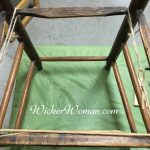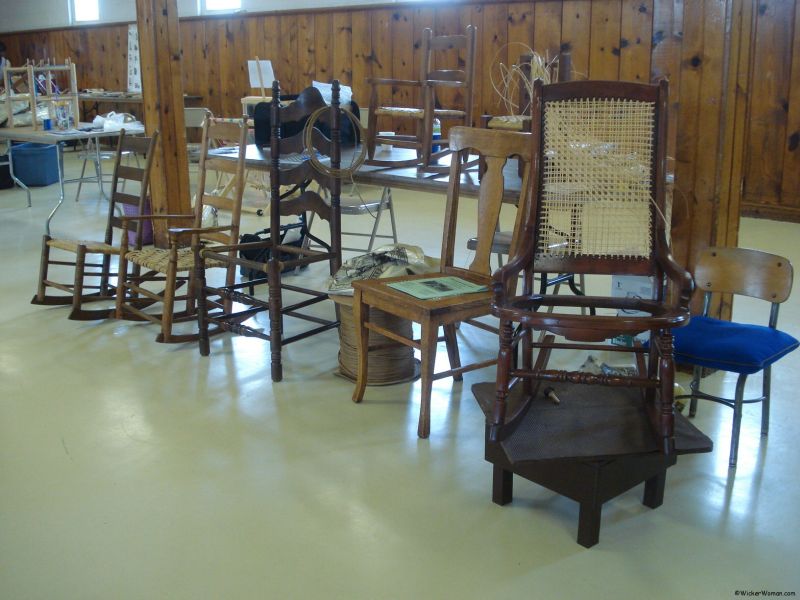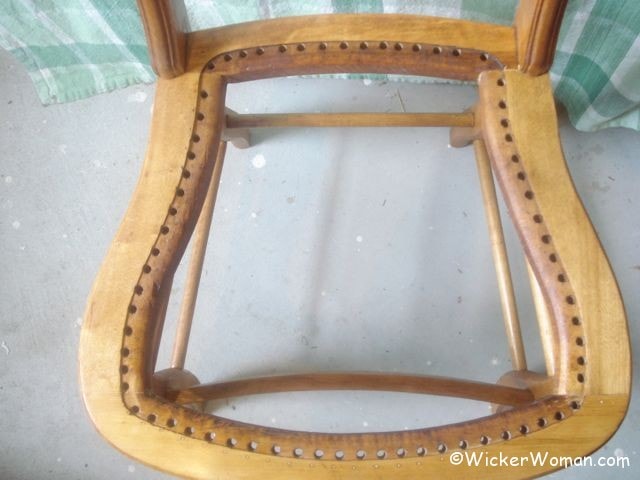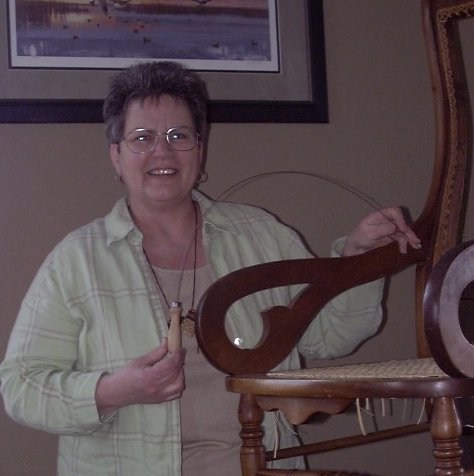Are you confused about what type of woven chair seat you have? Is it really chair caning or something else? Help is on the way!
The resounding technical answer to that question is, “No.” All chair seat weaving is not called, “caning.” There are numerous types of weaving techniques and materials that make up chair seat weaving and caning is just one technique.
Each woven chair seating technique has a certain name, although most people lump them all together, calling them ” caning” when what they really mean is “chair seat weaving.”
For example, traditional strand caning or hole-to-hole cane weaving uses thin strands of cane that are woven through holes drilled around the perimeter of the seat frame.
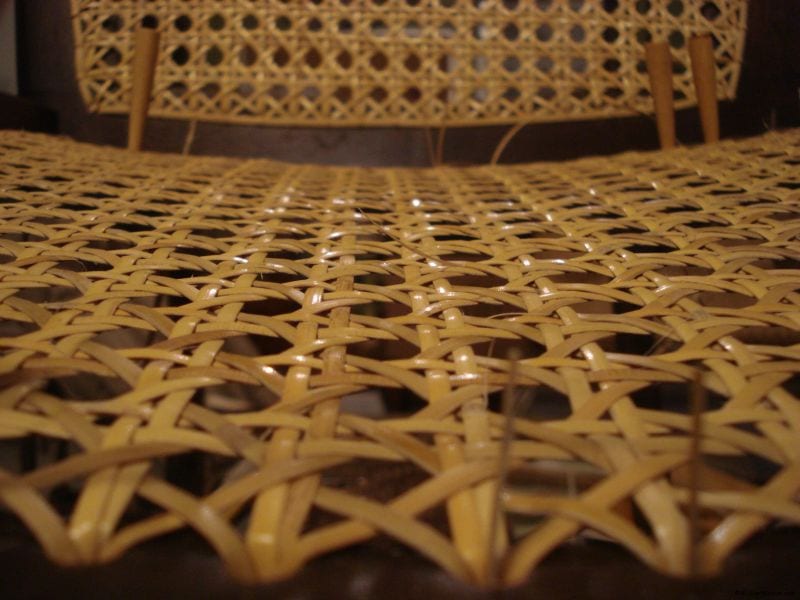
Another type of chair caning has a loom-woven “sheet” of cane that is applied to a groove around the perimeter of the seat frame and held in place with a reed spline and glue.
In the picture below, the fancy Victorian wicker chair has a close-woven cane webbing seat, which does not have the typical open-weave lattice look of a hole-to-hole cane seat.
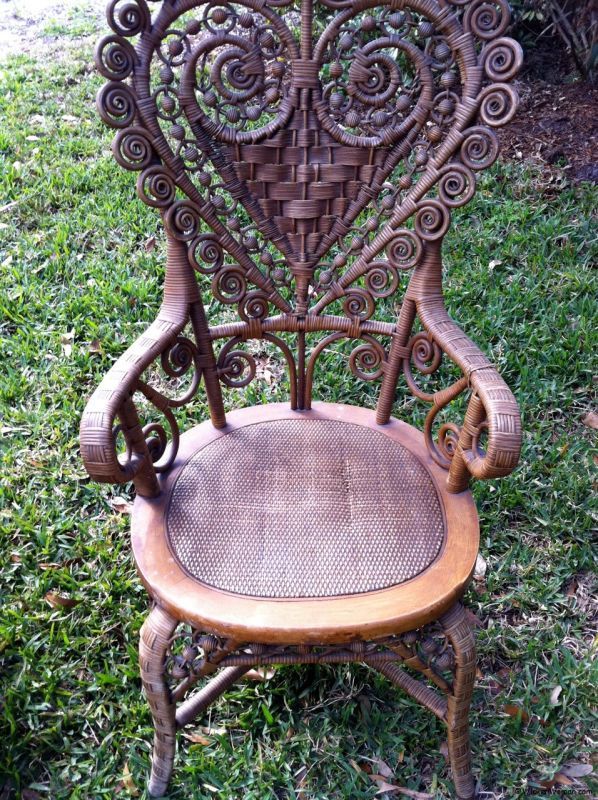
The continuous-strand paper fibre rush material is woven around four rungs of the chair seat. When completed, it looks like four triangles or flaps of an envelope that meet in the center of the seat.
The man-made paper rush was invented in 1910 as a replacement for the laborious hand-gathered and hand-twisted natural cattail rush. Skilled weavers were needed for the hand-twisted rush, and it took a very long time to weave a seat.
So, the chair manufacturers were pleased to see that weaving with the continuous strand of paper rush was more economical in labor costs and material costs.
Paper rush was also used in the manufacturing of wicker furniture, too, as a replacement for the rattan reed used before its invention.
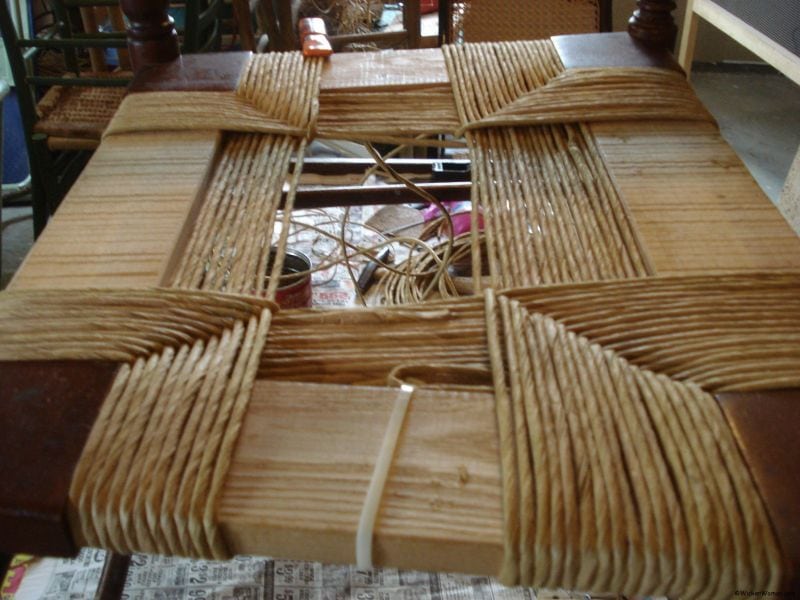
FURTHER READING: How to identify woven chair seat patterns on your chairs.
The square green-painted footstool below has a woven checkerboard pattern made from seagrass, which used to be called Oriental Seagrass years ago.
This checkerboard pattern is woven around the four-seat rungs, both top and bottom, creating a pocket between the two. The seagrass is a bit rough and can be hard on your hands as you weave.
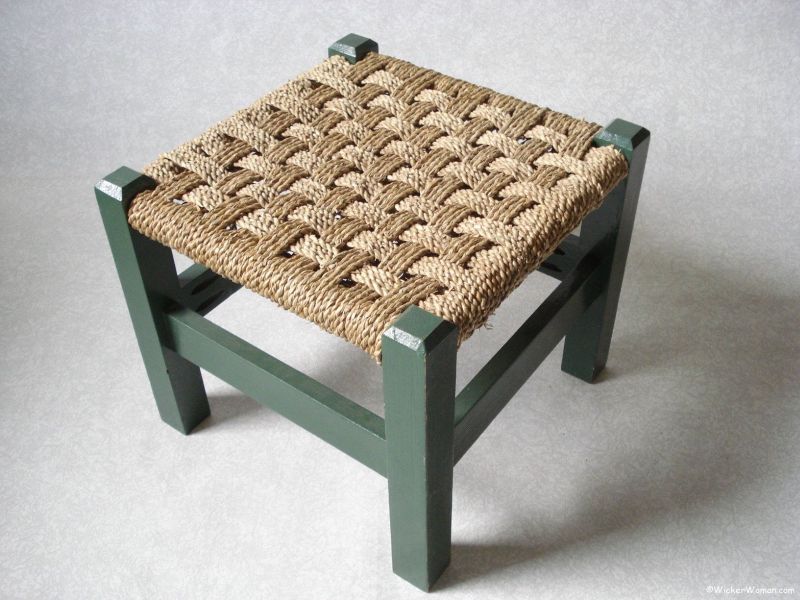
After reading this post, you’ll be well on your way to telling your chair seating repair person exactly what type of chair seat you have when calling to set your appointment.
No more guessing and confusion, now you know not all chair seat weaving is called “chair caning.”

What are your thoughts about this blog post?
Leave your comments below and share with your social networks!
~~Live Well, Laugh Often, Love Much ~~
Happy Weaving, until next time!


